A compound (A) has molecular formula C5H9CI It does not react with bromine in CCI4 On treatment with a strong base it produces a single compound (B) (B) has a molecular formula C5H8 and reacts with Baeyer's reagent . Reductive ozonotysis of (B) produces a compound (C ) which has a molecular formula C5H8O2
What would be the oxidative ozonolysis product of B ?
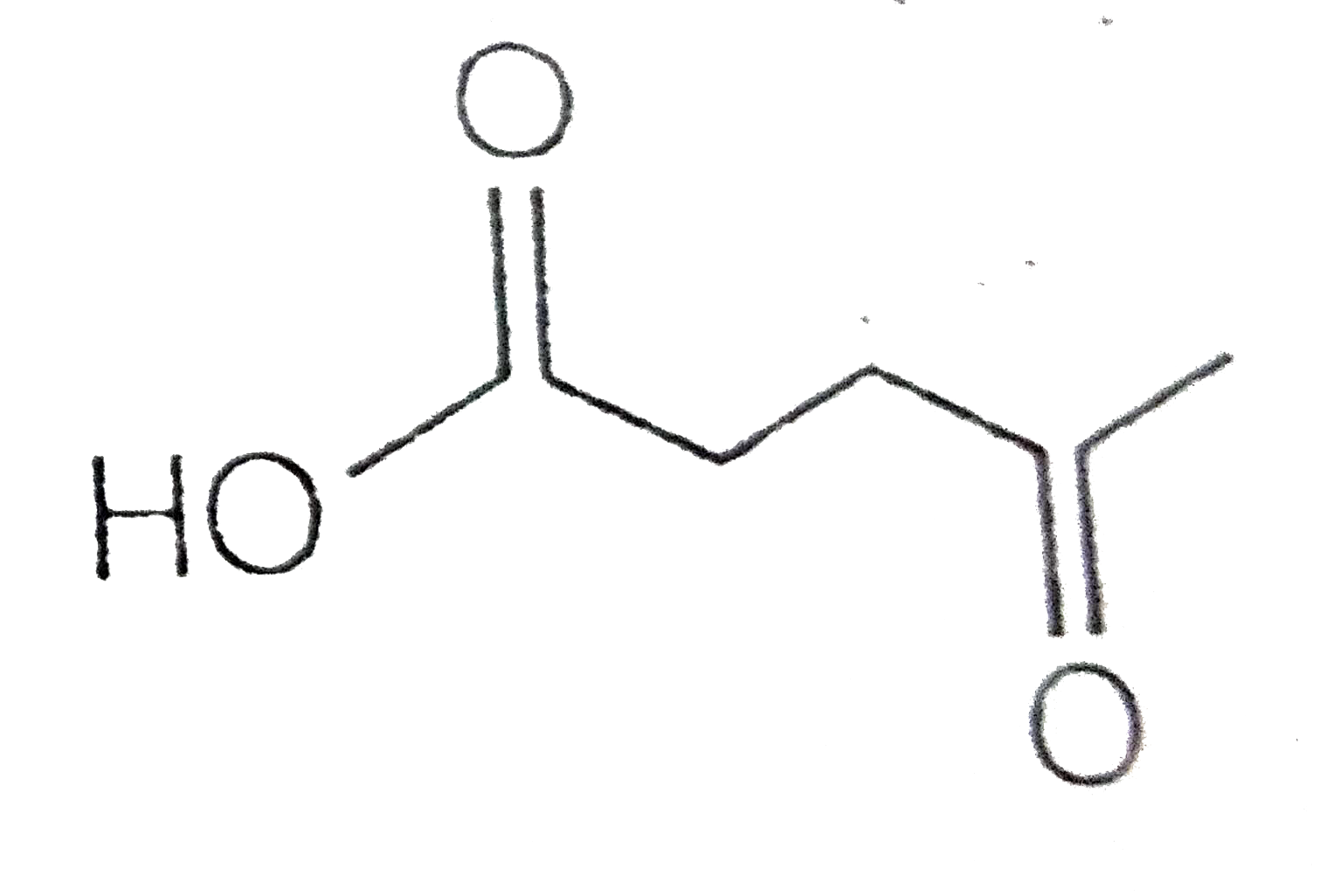
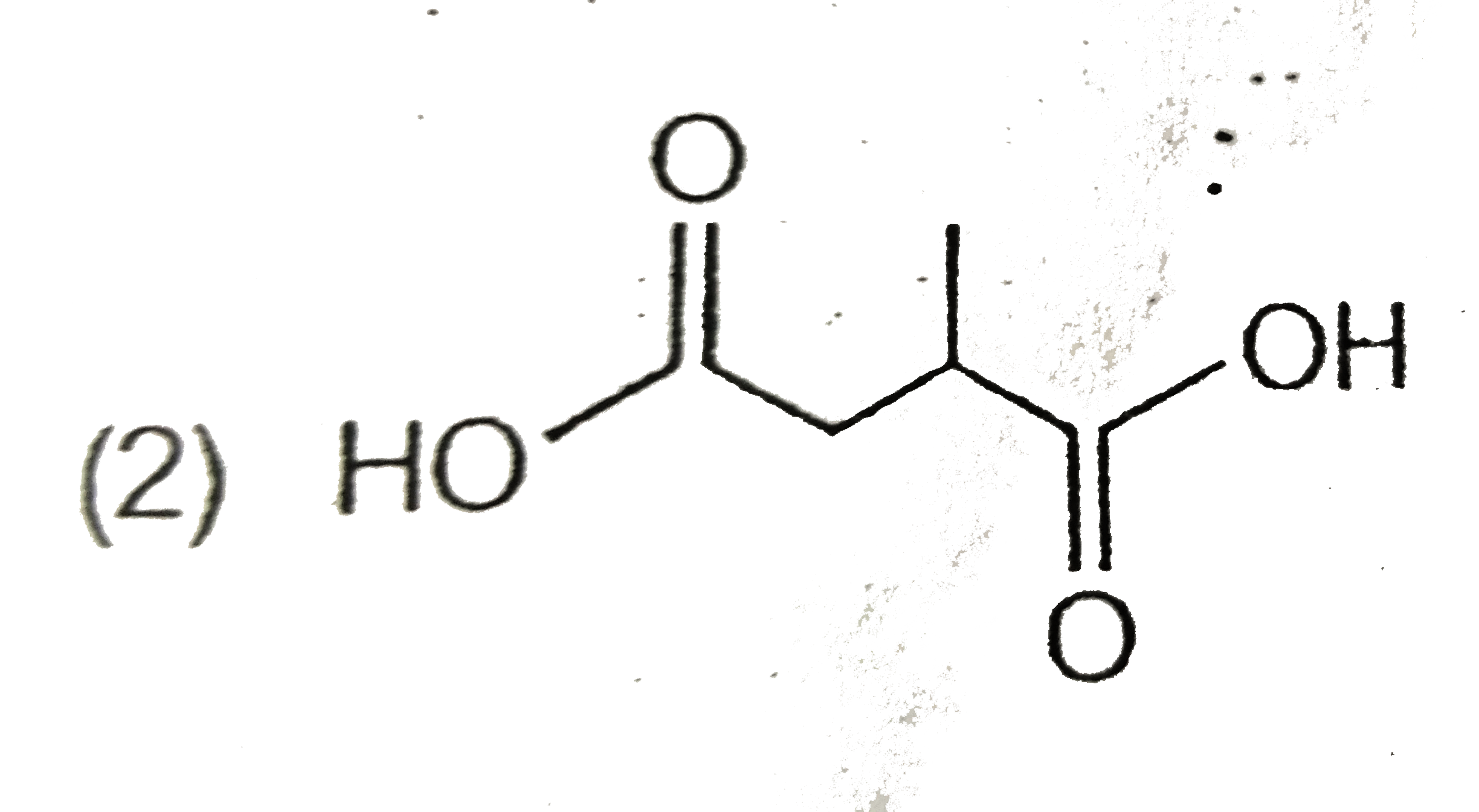

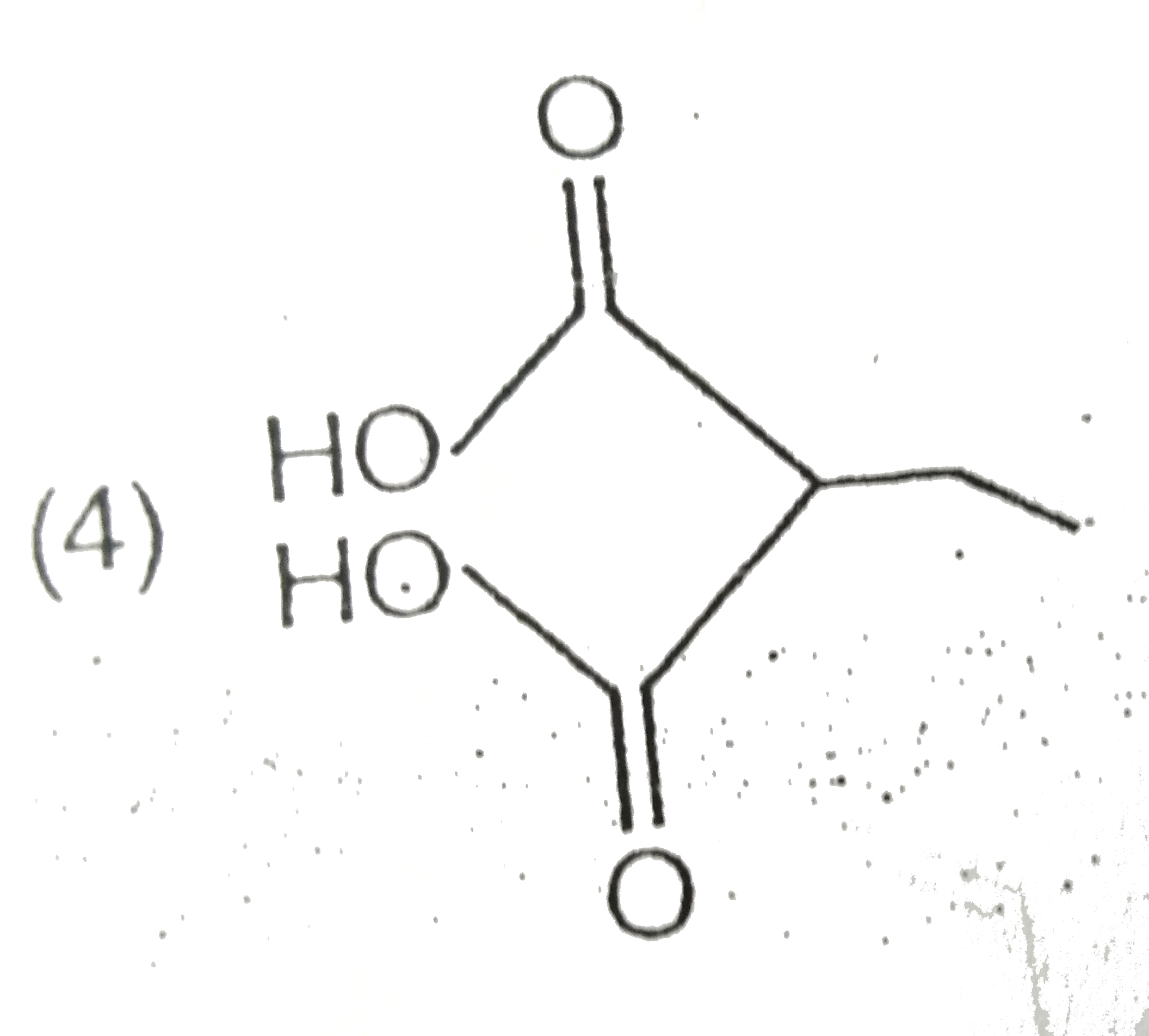
The correct Answer is:2
To solve the problem step by step, we will analyze the given information about the compounds A, B, and C, and deduce the oxidative ozonolysis product of compound B.
Step 1: Analyze Compound A
- Molecular Formula: C₅H₉Cl
- Reactivity: It does not react with bromine in CCl₄, indicating that it is not an alkene or alkyne. This suggests that compound A is likely a saturated compound, possibly a haloalkane.
- Degree of Unsaturation (DU):
DU=(C+1)−H2=(5+1)−92=6−92=−32 (not possible)
This calculation indicates that there is 1 degree of unsaturation, which suggests a ring structure (cyclopentane derivative).
Step 2: Identify Compound B
- Reaction with Strong Base: Compound A reacts with a strong base to produce compound B (C₅H₈).
- Molecular Formula of B: C₅H₈ indicates that B has one less hydrogen than A, suggesting that a hydrogen was eliminated (dehydrohalogenation).
- Reactivity: B reacts with Baeyer's reagent (KMnO₄), indicating that it is an alkene.
Step 3: Reductive Ozonolysis of B
- Reductive Ozonolysis: This reaction breaks double bonds and forms carbonyl compounds.
- Product C: The molecular formula of C is C₅H₈O₂, which suggests that B is likely a compound with a double bond that, upon ozonolysis, produces two carbonyl groups (aldehydes or ketones).
Step 4: Determine the Structure of B
- Given that B is an alkene (C₅H₈) and has 1 degree of unsaturation, it could be cyclopentene or a linear alkene.
- The structure of B could be 1-pentene or cyclopentene.
Step 5: Perform Oxidative Ozonolysis of B
- Oxidative Ozonolysis: This reaction converts carbonyl groups to carboxylic acids.
- If B is cyclopentene, the oxidative ozonolysis will yield:
- Two carboxylic acids from the cleavage of the double bond.
Step 6: Final Product of Oxidative Ozonolysis
- The oxidative ozonolysis of B (assuming it is cyclopentene) will yield:
- A dicarboxylic acid with the formula C₅H₈O₄, specifically 3,4-pentanedicarboxylic acid (glutaric acid).
Conclusion
The oxidative ozonolysis product of compound B is a dicarboxylic acid.
Final Answer
The oxidative ozonolysis product of B is 3,4-pentanedicarboxylic acid.
---
- Molecular Formula: C₅H₉Cl
- Reactivity: It does not react with bromine in CCl₄, indicating that it is not an alkene or alkyne. This suggests that compound A is likely a saturated compound, possibly a haloalkane.
- Degree of Unsaturation (DU):
DU=(C+1)−H2=(5+1)−92=6−92=−32 (not possible)
This calculation indicates that there is 1 degree of unsaturation, which suggests a ring structure (cyclopentane derivative).
- Reaction with Strong Base: Compound A reacts with a strong base to produce compound B (C₅H₈).
- Molecular Formula of B: C₅H₈ indicates that B has one less hydrogen than A, suggesting that a hydrogen was eliminated (dehydrohalogenation).
- Reactivity: B reacts with Baeyer's reagent (KMnO₄), indicating that it is an alkene.
- Reductive Ozonolysis: This reaction breaks double bonds and forms carbonyl compounds.
- Product C: The molecular formula of C is C₅H₈O₂, which suggests that B is likely a compound with a double bond that, upon ozonolysis, produces two carbonyl groups (aldehydes or ketones).
- Given that B is an alkene (C₅H₈) and has 1 degree of unsaturation, it could be cyclopentene or a linear alkene.
- The structure of B could be 1-pentene or cyclopentene.
- Oxidative Ozonolysis: This reaction converts carbonyl groups to carboxylic acids.
- If B is cyclopentene, the oxidative ozonolysis will yield:
- Two carboxylic acids from the cleavage of the double bond.
Step 6: Final Product of Oxidative Ozonolysis
- The oxidative ozonolysis of B (assuming it is cyclopentene) will yield:
- A dicarboxylic acid with the formula C₅H₈O₄, specifically 3,4-pentanedicarboxylic acid (glutaric acid).
The oxidative ozonolysis product of compound B is a dicarboxylic acid.
The oxidative ozonolysis product of B is 3,4-pentanedicarboxylic acid.
Topper's Solved these Questions
- BOOK - AAKASH INSTITUTECHAPTER - HALOALKANES AND HALOARENES EXERCISE - Assignment (Section - E) ( Assertion - Reason type Questions )7videos
HALOALKANES AND HALOARENES
- BOOK - AAKASH INSTITUTECHAPTER - HALOALKANES AND HALOARENES EXERCISE - Assignment (Section - F) (Matrix - Match Type Question )2videos
HALOALKANES AND HALOARENES
- BOOK - AAKASH INSTITUTECHAPTER - HALOALKANES AND HALOARENES EXERCISE - Assignment (Section - C ) ( Objective Type Question(More than one options are correct ))18videos
HALOALKANES AND HALOARENES
- BOOK - AAKASH INSTITUTECHAPTER - GENERAL PRINCIPLES AND PROCESSES OF ISOLATION OF ELEMENTSEXERCISE - Try Yourself33videos
GENERAL PRINCIPLES AND PROCESSES OF ISOLATION OF ELEMENTS
- BOOK - AAKASH INSTITUTECHAPTER - HYDROCARBONSEXERCISE - Assignment(Section - D) (Assertion -Reason Type Question)24videos
HYDROCARBONS
Similar Questions
Pentane has the molecular formula C5H12. It has
View SolutionA compond A has the molecular formula C5H9Cl.It does not react with bromine in carbon tetrachloride.On treatment with strong base it produces a single structure isomer B.B has a molecular formula C6H8 and reacts with bromine in carbon tetrachloride. Ozonolysis of B produces a compound C which has a molcular formula C5H8O2.Which of the following structures is that of A ?
View Solution
Knowledge Check
- Question 1 - Select One
A compound (A) has molecular formula C5H9CI It does not react with bromine in CCI4 On treatment with a strong base it produces a single compound (B) (B) has a molecular formula C5H8 and reacts with Baeyer's reagent . Reductive ozonotysis of (B) produces a compound (C ) which has a molecular formula C5H8O2
formation of ( B) from (A) involvesASN2 MechanismBE1 mechanismCE2 MechanismD50% E1 and 50% E2 mechanism - Question 2 - Select One
A compound (A) has molecular formula C5H9CI It does not react with bromine in CCI4 On treatment with a strong base it produces a single compound (B) (B) has a molecular formula C5H8 and reacts with Baeyer's reagent . Reductive ozonotysis of (B) produces a compound (C ) which has a molecular formula C5H8O2
On the basis of the given data what would be the structure of A ?A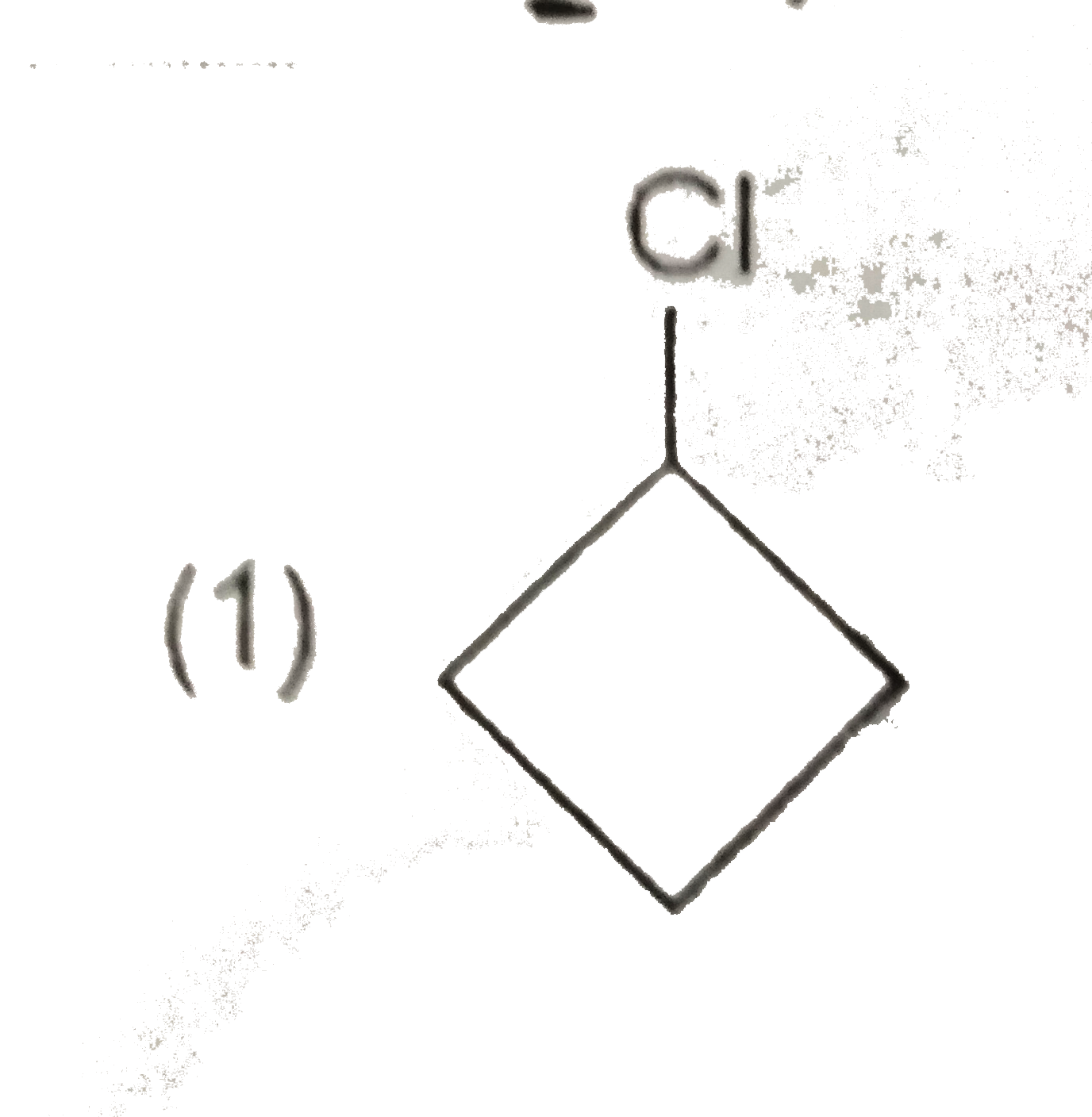 B
B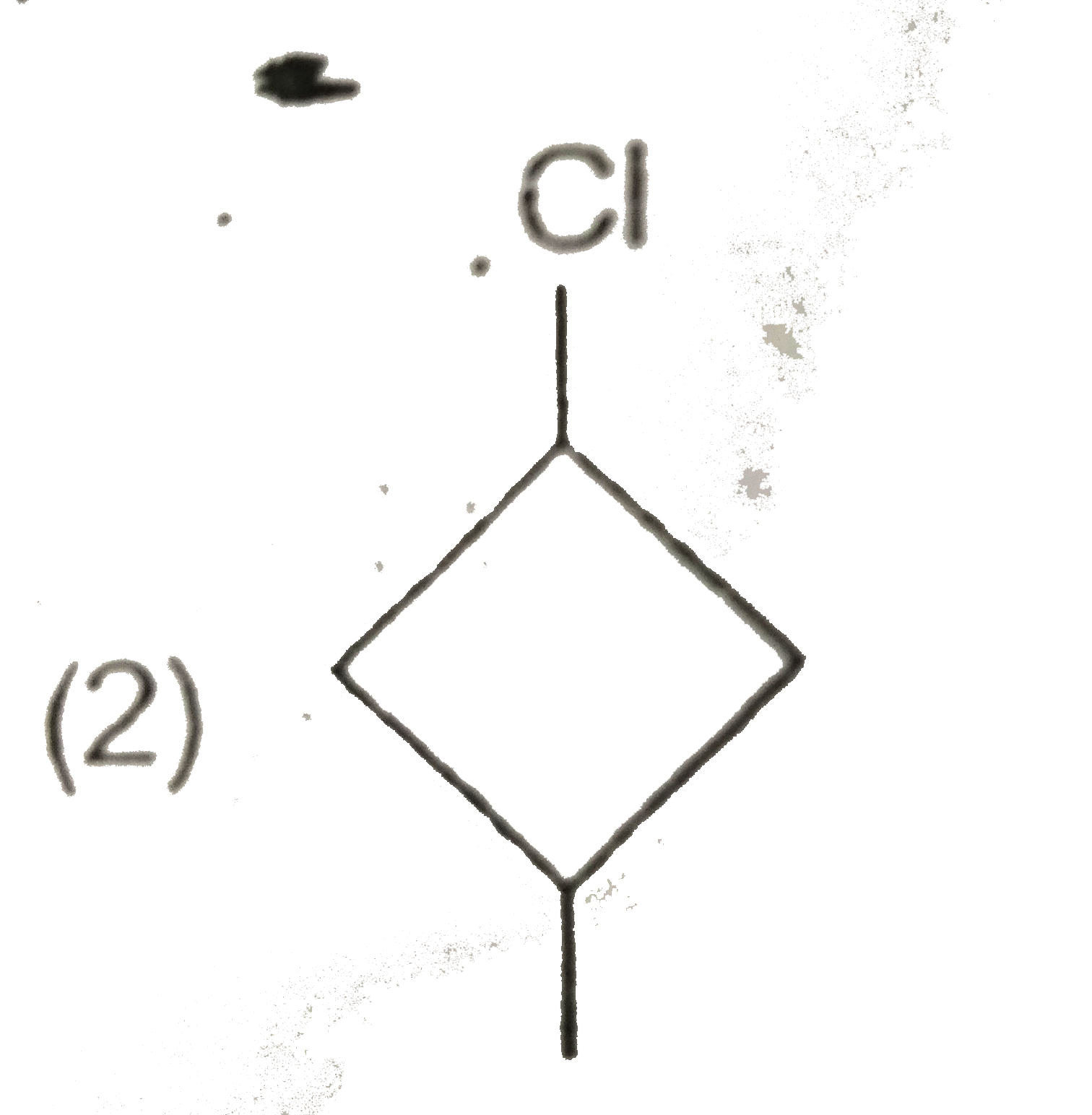 C
C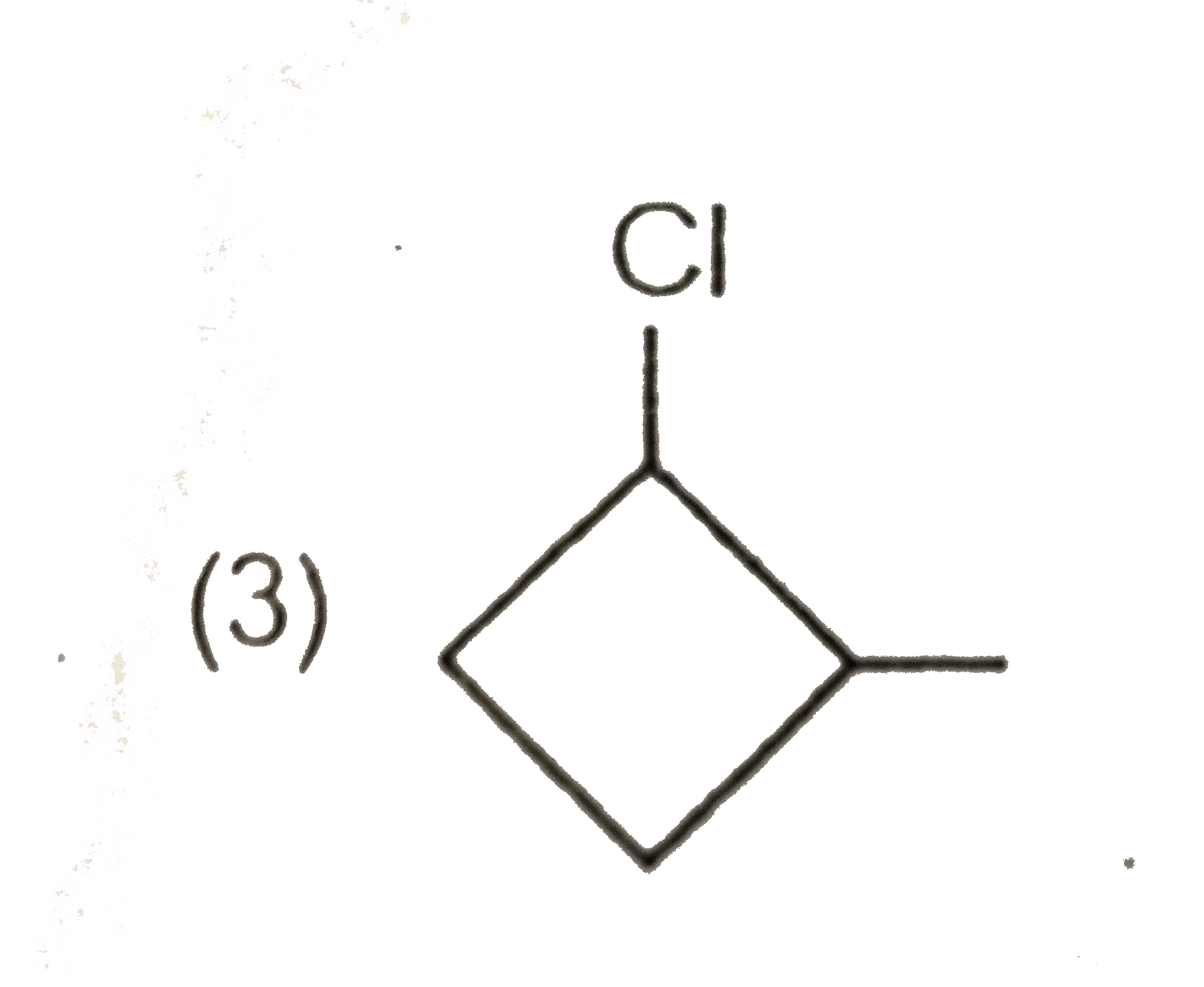 D
D
- Question 3 - Select One
A compound A has the molecular formula C5H9Cl. It does not react with bromine in carbon tetrachloride. On treatement with a stron base it produces a single compound B. B has a molecular formula C5H6 and reacts with bromine in carbond tetrachloride. Ozonolysis of B produces a compound C which has a molecular formula C5H6O2. Which of the following structure is that of A?
A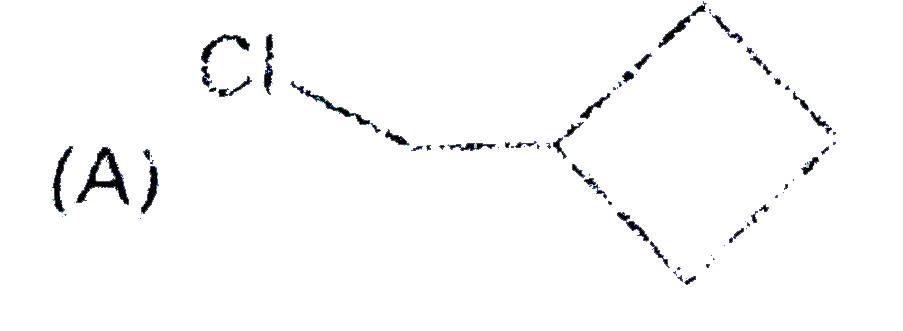 B
B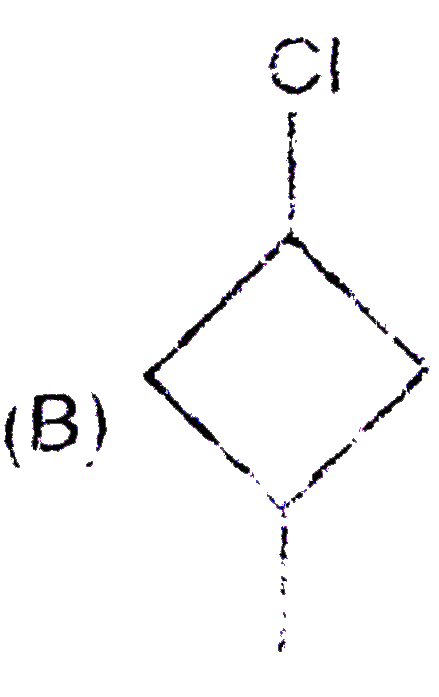 C
C D
D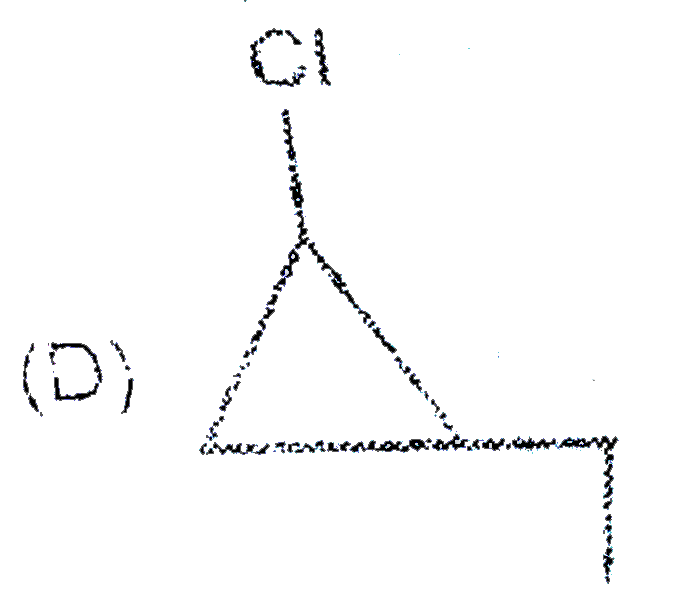
The compound represented by the molecular formula, C7H8O are-
View SolutionA compound of formula C3H8 does not react with bormine in CCI4 in the dark. The compound could be
View SolutionThe various compounds corresponding to molecular formula C5H10 are
View SolutionThe compound of molecular formula C5H10O(A) reacts with Tollen's reagent to give silver mirror but does not undergo aldol condensation. The compound (A) is :
View SolutionNumber of structural isomers of compound having molecular formula C4H7CI
View Solution

